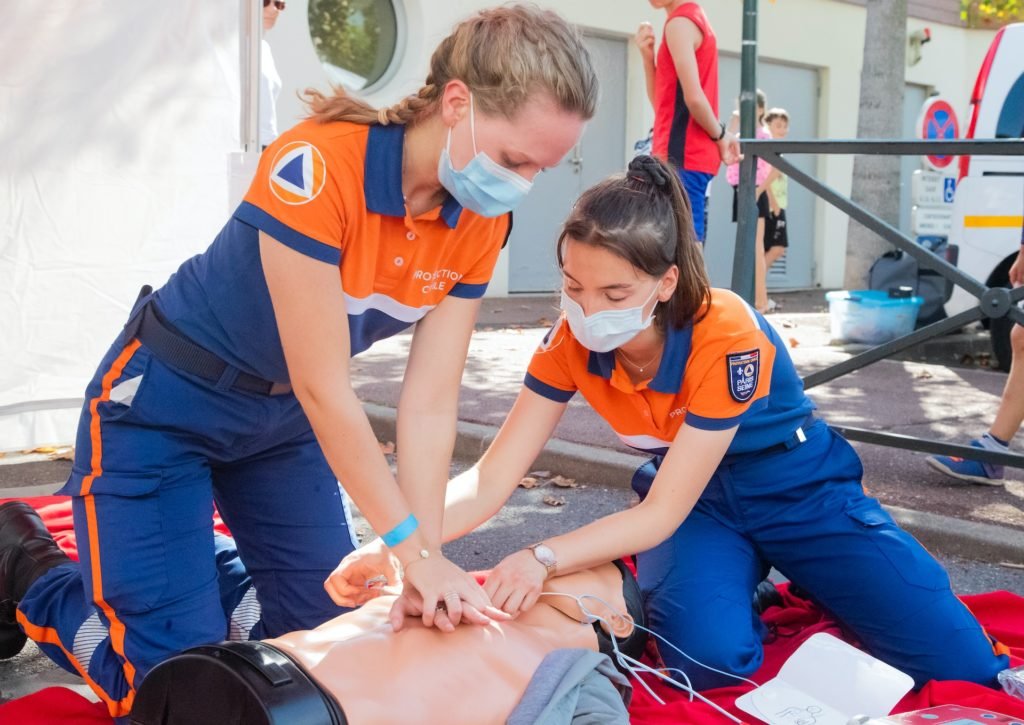Online CPR Certification: A Comprehensive Guide
Cardiopulmonary Resuscitation (CPR) is an essential skill that can save lives in emergency situations such as cardiac arrest, drowning, or choking. With the increasing availability of online CPR certification programs, acquiring this critical knowledge has become more accessible than ever. This article explores the benefits, process, and considerations for obtaining CPR certification online.
Benefits of Online CPR Certification
Accessibility and Convenience
One of the primary advantages of online CPR certification is its accessibility. Individuals can complete the course from the comfort of their own home, eliminating the need to travel to a training center. This is particularly beneficial for those with busy schedules or who live in remote areas.
Flexibility
Online CPR courses offer flexible scheduling, allowing participants to learn at their own pace. This flexibility makes it easier for working professionals, students, and caregivers to fit training into their daily routines without compromising their responsibilities.
Cost-Effectiveness
Online certification programs are often more affordable than in-person courses. They eliminate costs associated with travel, accommodation, and physical training materials. Many online providers also offer group discounts and package deals, making it cost-effective for organizations to train multiple employees.
The Process of Online CPR Certification
Choosing a Reputable Provider
The first step in obtaining online CPR certification is selecting a reputable provider. Well-known organizations such as the American Heart Association (AHA), the American Red Cross, and the National Safety Council offer accredited online CPR courses. It is crucial to ensure that the certification meets industry standards and is widely recognized.
Course Content
Online CPR courses typically cover essential topics, including:
Basic Life Support (BLS): Techniques for adults, children, and infants, including chest compressions, rescue breaths, and using an automated external defibrillator (AED).
First Aid Training: Basic first aid skills, such as treating wounds, burns, and fractures, are often included in CPR courses.
Emergency Response: Understanding how to assess and respond to various emergency situations effectively.
Training Methods
Online CPR courses use a combination of video demonstrations, interactive modules, and quizzes to teach essential skills. High-quality programs provide step-by-step instructions and visual aids to ensure participants understand and retain the information. Some courses may also offer live webinars or virtual classroom sessions for additional support.
Certification Examination
Upon completing the course, participants must pass a written exam to demonstrate their knowledge. Some online providers may require a practical skills test, which can be completed via video submission or at a designated testing center. Successful completion of these assessments results in a CPR certification that is typically valid for two years.
Considerations for Online CPR Certification
Hands-On Practice
One of the main concerns with online CPR certification is the lack of hands-on practice. While online courses provide comprehensive theoretical knowledge, practicing on a manikin is crucial for mastering CPR techniques. Some online providers address this issue by offering blended courses, which combine online learning with in-person skills sessions.
Accreditation and Recognition
It is essential to choose an online CPR certification that is accredited and recognized by relevant authorities. Employers and regulatory bodies may not accept certifications from unaccredited providers. Researching and selecting a reputable provider ensures the certification will be valid and recognized.
Recertification
CPR skills can diminish over time, making recertification important. Most online programs require participants to renew their certification every two years. Recertification courses are often shorter and focus on refreshing knowledge and practicing techniques. Staying updated with the latest guidelines and practices ensures individuals remain competent in their skills.
Conclusion
Online CPR certification offers a convenient, flexible, and cost-effective way to acquire life-saving skills. By choosing a reputable provider and ensuring the certification is accredited and recognized, individuals can gain the knowledge and confidence to respond effectively in emergencies. While online courses provide comprehensive theoretical training, it is crucial to seek opportunities for hands-on practice to master CPR techniques fully. With the right training, certified individuals can make a significant difference in their communities, enhancing safety and preparedness.














Post Comment